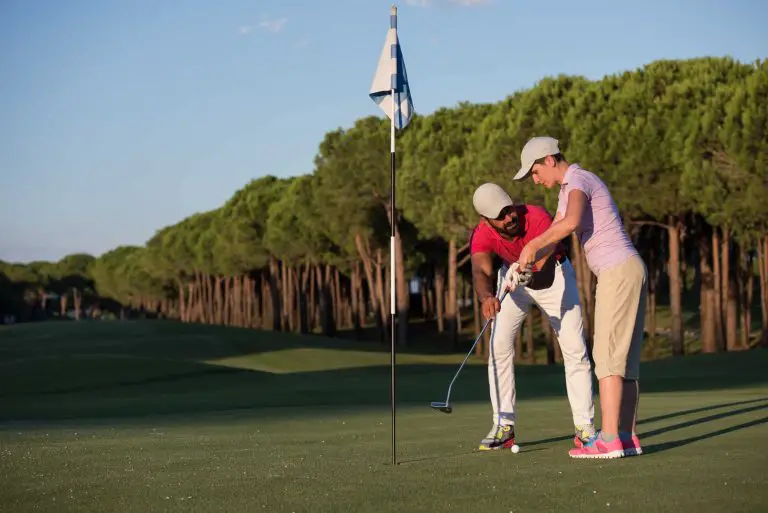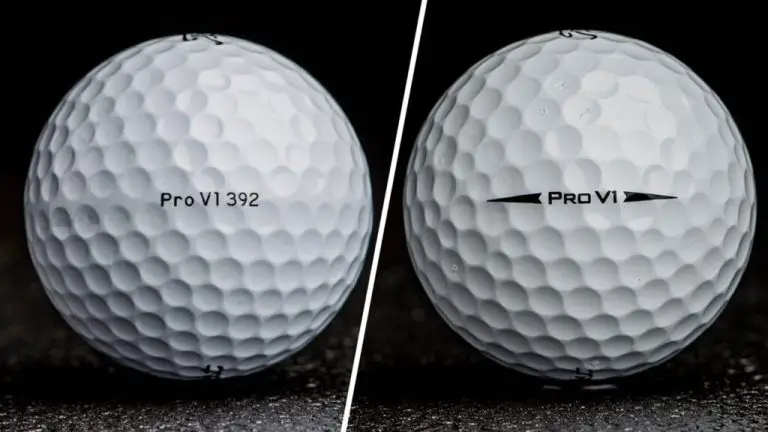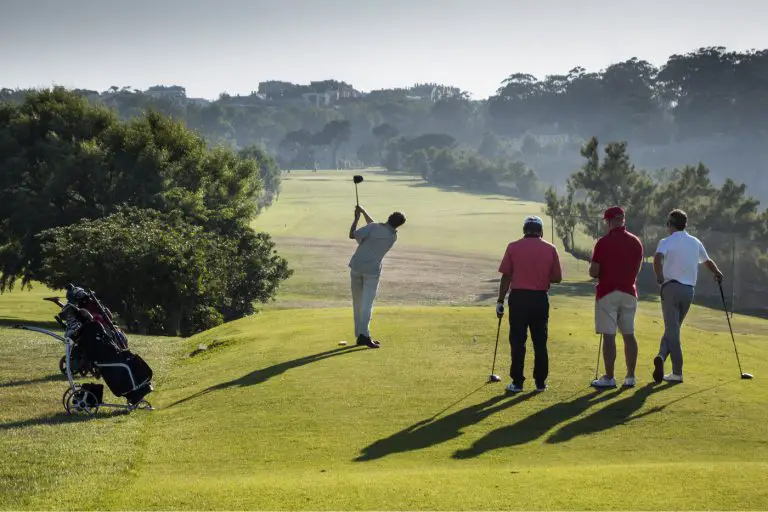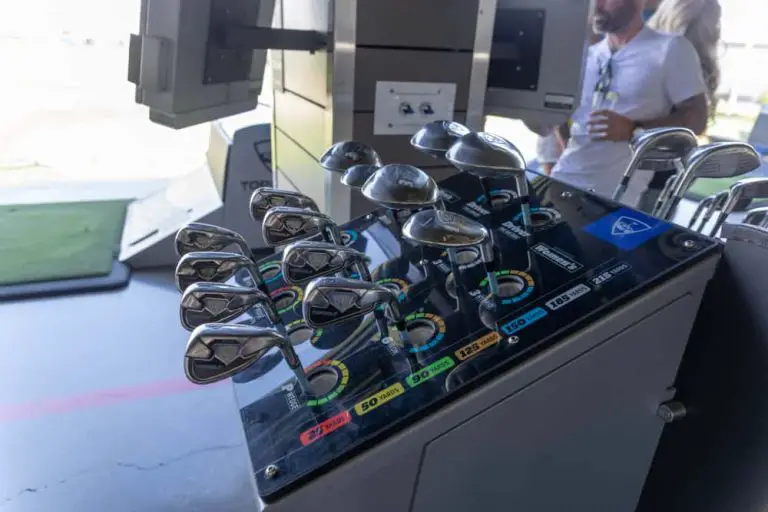How To Grip A Driver Not To Slice
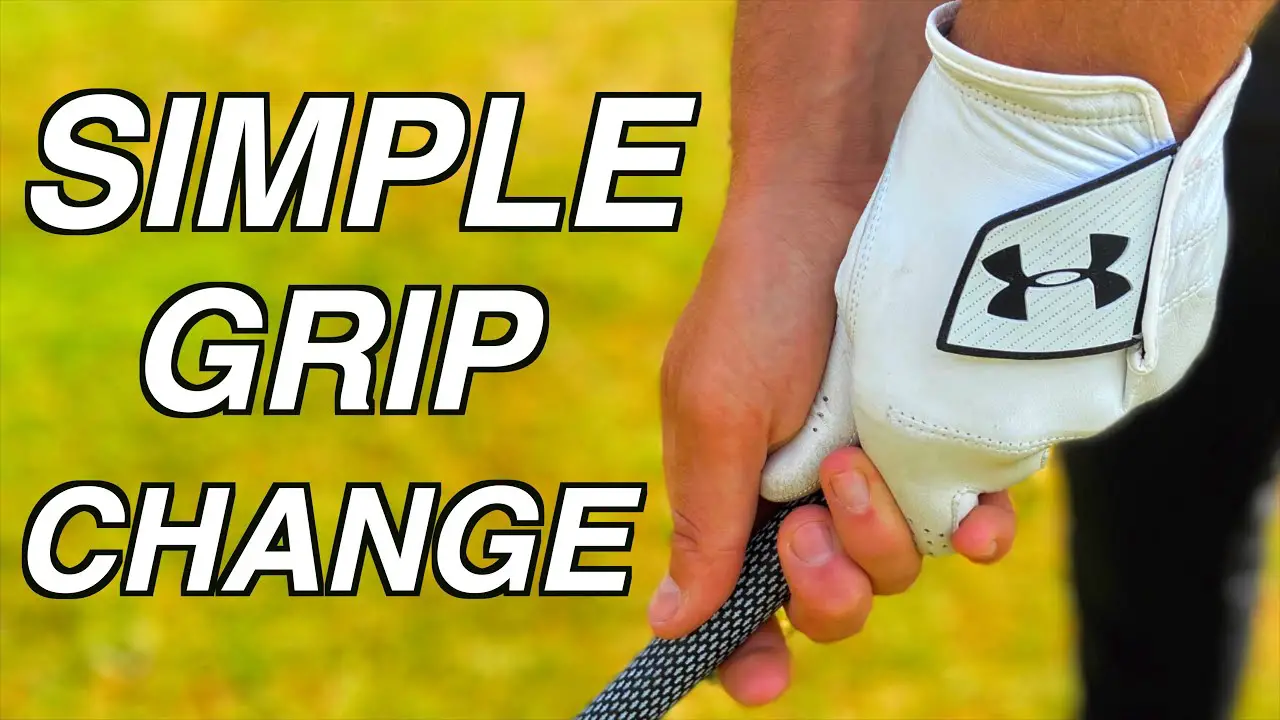
For many golfers, the slice is an all-too-familiar problem that can wreak havoc on their tee shots. The frustrating shot shape that veers off to the right (for right-handed golfers) or left (for left-handed golfers) can result in lost distance, accuracy, and confidence. However, the good news is that the key to fixing the slice starts with mastering the proper grip on your driver.
In this comprehensive guide, we will delve into the intricacies of how to grip a driver to avoid slicing. We will explore the fundamental principles, techniques, and adjustments necessary to promote a square clubface at impact, resulting in straighter and more controlled drives.
Understanding the role of the grip in mitigating the slice is crucial. The way you hold the club directly affects the clubface’s position throughout the swing, influencing the direction of the ball at impact. By adopting the correct grip, you can significantly reduce the chance of slicing and gain greater command over your drives.
Whether you’re a beginner seeking to establish solid fundamentals or an experienced golfer looking to fine-tune your grip, this guide is designed to equip you with the knowledge and practical tips you need to grip your driver effectively and eliminate the slice from your game.
So, if you’re ready to regain control over your tee shots and unlock the path to straighter drives, let’s dive into the art of gripping a driver not to slice.
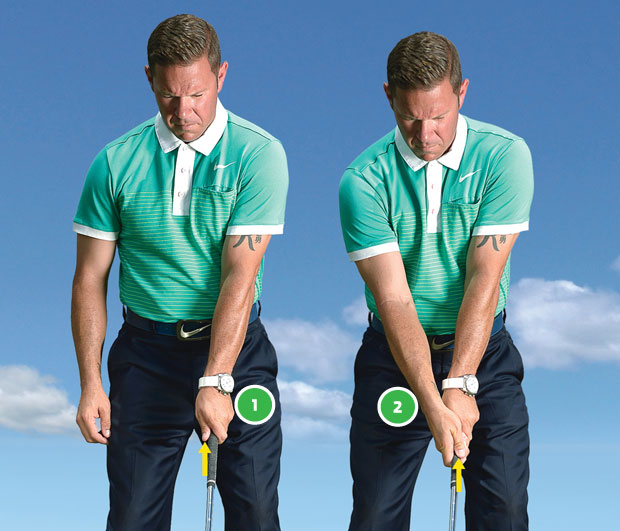
Understanding the Importance of Grip in Avoiding the Slice
A solid grip is crucial for controlling the clubface throughout the swing and minimizing the chance of slicing. Before we dive into the specifics of gripping a driver, let’s explore why the grip is so important in avoiding the slice.
When you grip the club, your hands act as the connection between your body and the clubhead. The way you position your hands and the pressure you exert on the club can influence the clubface angle at impact. A faulty grip can result in an open clubface, causing the ball to spin and curve off-target.
By mastering the proper grip technique, you can achieve a square clubface at impact and promote a straighter ball flight. Let’s proceed to the next section to determine if your grip pressure is contributing to your slice.
Is Your Grip Pressure Too Tight?
One common mistake that leads to slicing is gripping the club too tightly. Excessive grip pressure restricts the natural release of the club through impact, causing the clubface to remain open. To avoid this, it’s important to assess and adjust your grip pressure for a more neutral and relaxed hold on the club.
To determine if your grip pressure is too tight, take a moment to evaluate how your hands feel during the swing. Are your hands tense and rigid, or do they have some flexibility and give? A tight grip can inhibit the natural flow of the swing and prevent the clubface from squaring up at impact.
To achieve a more relaxed grip, imagine holding the club as if you were gripping a tube of toothpaste. You want to exert enough pressure to control the club but not so much that you’re squeezing the life out of it. A lighter grip will allow for greater clubhead speed and a more fluid swing motion.
In the next section, we’ll explore the proper technique for gripping a driver, starting with the neutral grip as the foundation for control and consistency.
Mastering the Neutral Grip
The neutral grip is the starting point for developing a reliable and repeatable swing. It provides a balanced position for the hands on the club, allowing for proper wrist action and control of the clubface. Let’s dive into the key elements of a neutral grip and how to achieve it.
- Hand Positioning: Begin by positioning the club in your left hand (for right-handed golfers) so that the grip runs diagonally across the fingers from the base of the pinky to the first knuckle of the index finger. The club should rest more towards the base of the fingers rather than in the palm of your hand. Your left thumb should point down the shaft, slightly to the right of center.
- Aligning the Right Hand: Place your right hand on the club, allowing the lifeline of your right hand to rest snugly against your left thumb. Your right thumb should also point down the shaft, mirroring the position of your left thumb.
- Overlapping or Interlocking: The most common grips for a neutral grip are the overlapping grip (Vardon grip) and the interlocking grip. With the overlapping grip, the pinky finger of your right hand rests on top of the index finger of your left hand. The interlocking grip involves interlocking the pinky finger of your right hand with the index finger of your left hand. Choose the grip that feels most comfortable and secure for you.
- Balanced Pressure: Maintain a balanced grip pressure between your left and right hands. You should feel a connection and control over the club without excessive tension. Avoid gripping too tightly, as it can restrict your wrist movement and hinder a natural release through impact.
By mastering the neutral grip, you set the foundation for a square clubface at impact, which greatly reduces the likelihood of slicing the ball. Now that you have a solid understanding of the neutral grip, let’s explore alternative grip options that may suit your preferences and address specific issues.
Understanding the Vardon Grip
The Vardon grip, also known as the overlapping grip, is a popular choice among golfers of all levels. Named after the legendary golfer Harry Vardon, this grip offers a secure and comfortable hold on the club. Let’s examine the key features and advantages of the Vardon grip.
The Vardon grip involves placing the pinky finger of your right hand between the index and middle fingers of your left hand. This overlapping position promotes a unified grip, ensuring that your hands work together throughout the swing. The Vardon grip allows for a natural release of the club through impact, reducing the likelihood of slicing.
Many professional golfers, including Tiger Woods, utilize the Vardon grip for its stability and control. However, it’s important to note that grip preference is subjective, and what works for one golfer may not work for another. Experiment with the Vardon grip to determine if it enhances your control and minimizes slicing tendencies.
Exploring the Baseball Grip
The baseball grip, also known as the 10-finger grip, provides an alternative for golfers who prefer more connection and stability in their grip. This grip is particularly useful for individuals with larger hands or limited finger flexibility. Let’s take a closer look at the baseball grip and its considerations.
In the baseball grip, all ten fingers come into contact with the club, similar to how you would grip a baseball bat. This grip eliminates the overlap or interlock of the fingers, allowing for a unified and secure hold on the club.
The baseball grip provides excellent control and can help stabilize the clubface throughout the swing. However, it may reduce the ability to generate as much wrist hinge as with other grips. Experiment with the baseball grip to see if it improves your control and minimizes slicing tendencies.
Fine-tuning Your Grip for a Square Clubface
Achieving a neutral grip is a significant step in avoiding the slice, but fine-tuning your grip is equally important for promoting a square clubface at impact. Let’s explore some techniques and adjustments that can help you achieve a more controlled and neutral grip.
- Grip Pressure: Maintaining consistent grip pressure is crucial for control and feel. Avoid gripping the club too tightly, as it can restrict the natural movement of your hands and wrists. Conversely, gripping too lightly can result in a loss of control. Find a balance that allows for a confident, yet relaxed grip on the club.
- Hand Position: Pay attention to the positioning of your hands on the club. Ensure that your hands are placed comfortably and naturally, with your palms facing each other. The club should rest diagonally across the fingers, more towards the base rather than in the palm. This allows for proper wrist hinge and facilitates a neutral clubface position.
- Alignment of the Hands: Check the alignment of your hands to ensure they are in sync. The Vs formed by your thumb and index finger should point towards your right shoulder (for right-handed golfers). This alignment promotes a square clubface and helps prevent the clubface from opening at impact, reducing the chances of slicing.
- Finger Pressure: Be mindful of the pressure exerted by your fingers on the club. Avoid squeezing the club too tightly with your fingers, as this can lead to tension in your swing. Instead, maintain a light but firm grip, allowing for a natural release of the club through impact.
By fine-tuning your grip for a square clubface, you gain better control over the club and minimize the risk of slicing. Practice the adjustments mentioned above and pay attention to how they influence your ball flight and accuracy.
Drills and Practice Tips for Reinforcing the Proper Grip
To solidify your grip and develop muscle memory, incorporating drills and practice tips into your training routine is crucial. Here are some exercises and techniques to help reinforce the proper grip:
- Grip Pressure Awareness: Practice hitting shots while consciously monitoring your grip pressure. Start with a light grip and gradually increase pressure until you find the right balance. This exercise enhances your awareness of grip pressure and helps you maintain a consistent grip throughout your swing.
- Slow Motion Swings: Perform slow motion swings, focusing on your grip and its relationship with the clubface. By exaggerating your movements, you can observe how your grip influences the position of the clubface. This drill promotes muscle memory and reinforces a proper grip for a square clubface.
- Grip Checkpoint: Develop a pre-shot routine that includes a grip checkpoint. Before each swing, visually and physically verify that your grip is correct. This habit will ingrain the proper grip technique and provide reassurance before every shot.
- Grip Training Aids: Consider using grip training aids, such as grip trainers or alignment sticks, to enhance your grip technique. These aids provide feedback and help reinforce the proper hand positioning and grip pressure.
Remember, consistency and repetition are key to ingraining the proper grip technique. Practice these drills regularly and be patient with your progress. Over time, your grip will become more natural and instinctive, leading to improved ball-striking and a reduced likelihood of slicing.
Conclusion
A proper grip is essential for controlling the clubface and avoiding the dreaded slice. By understanding the importance of grip pressure, mastering the neutral grip, exploring alternative grip options, and fine-tuning your grip for a square clubface, you can significantly improve your ball flight and accuracy off the tee.
Remember to experiment with different grip techniques to find the one that feels most comfortable and natural to you. Additionally, practicing grip-specific drills and incorporating grip checkpoints into your routine will help reinforce the correct grip and develop muscle memory.
So, go out to the driving range, implement these techniques, and focus on improving your grip for a more consistent and accurate golf game. With a proper grip, you’ll be on your way to hitting straighter drives and enjoying the game to its fullest. Happy golfing!

